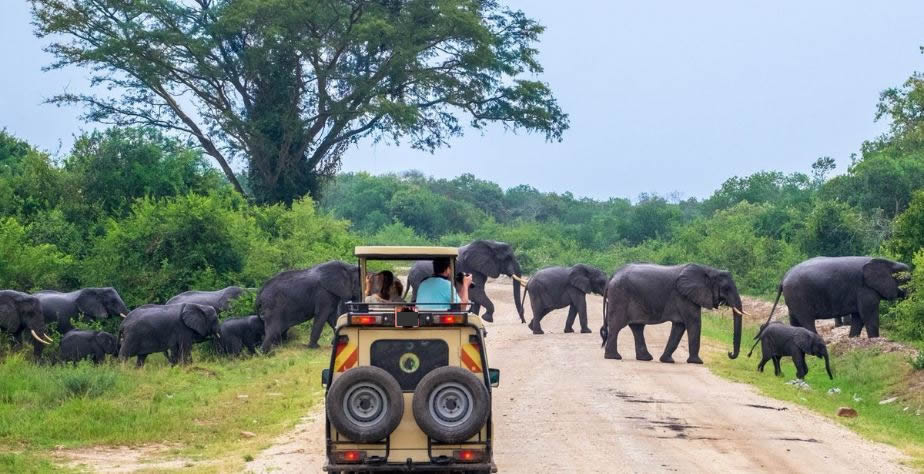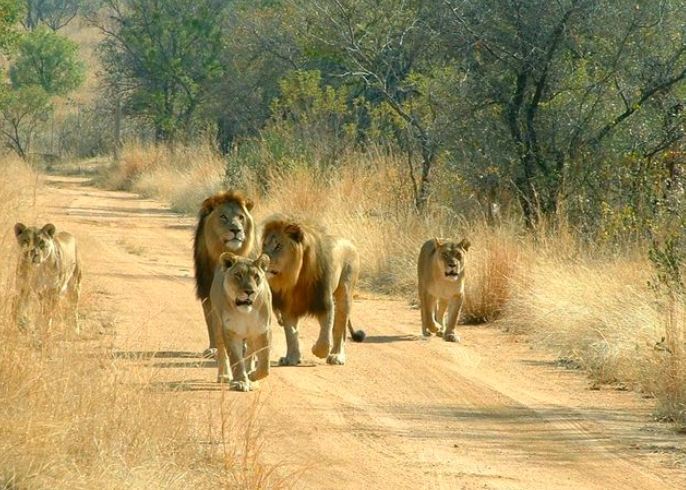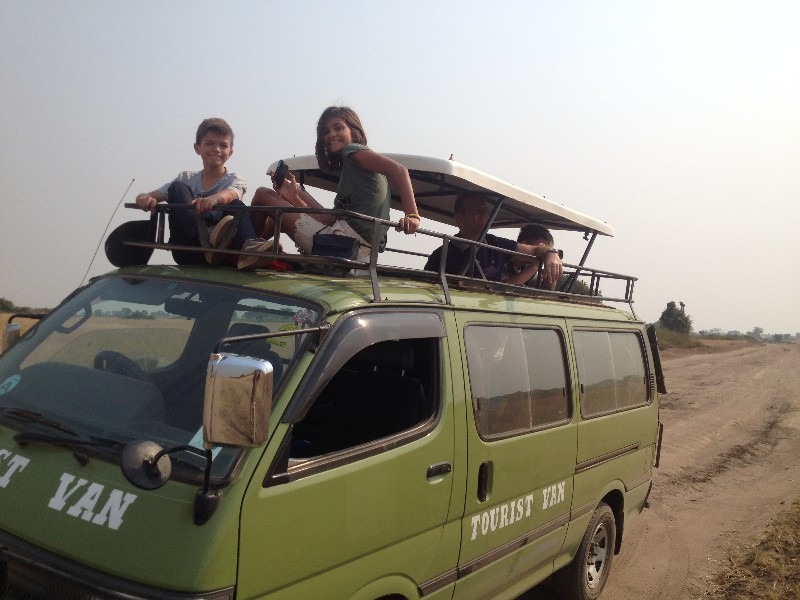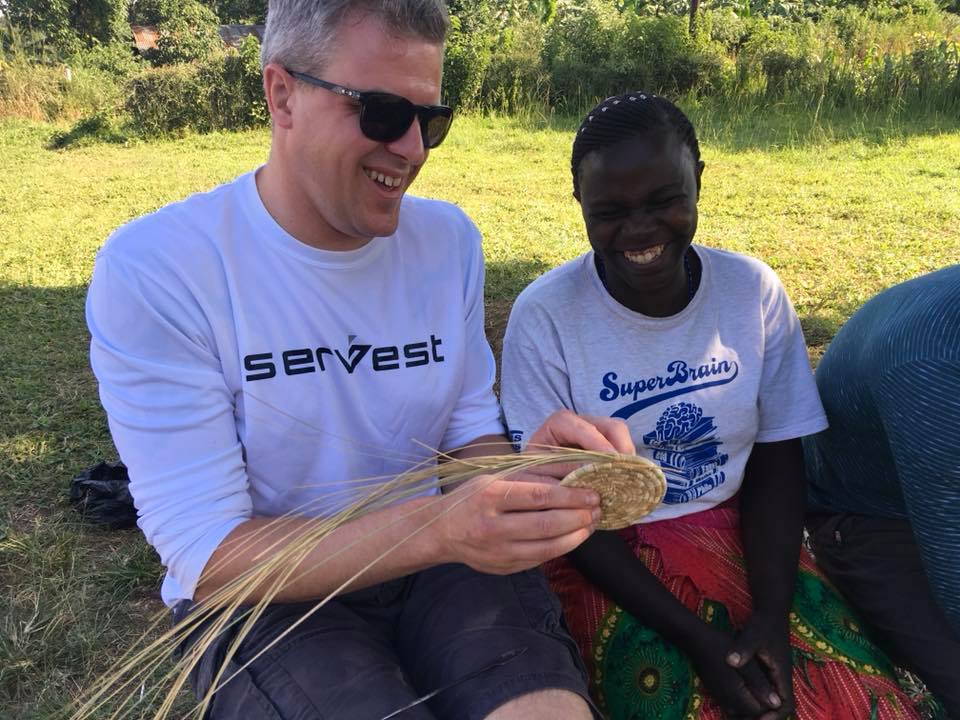Uganda, often referred to as the “Pearl of Africa,” is a captivating destination renowned for its breathtaking landscapes, diverse wildlife, and rich cultural heritage. Planning a safari in Uganda requires careful consideration of the best time to visit, as weather patterns and wildlife behavior significantly influence the overall experience.
Understanding Uganda’s Climate
Uganda experiences a tropical climate characterized by two distinct rainy seasons and two dry seasons. The long rainy season typically runs from March to May, while the short rainy season occurs from October to November. The dry seasons fall between June to September and December to February.
Best Time for Wildlife Viewing
Dry Season (June to September and December to February)
The dry seasons are generally considered the best time for wildlife viewing in Uganda. During this period, the vegetation is less dense, making it easier to spot animals. The water levels in rivers and lakes are also lower, concentrating wildlife around water sources.

Game Drives: The dry season offers optimal conditions for game drives in Uganda top national parks like Queen Elizabeth National Park, Murchison Falls National Park, and Kidepo Valley National Park. You’ll have a higher chance of encountering iconic animals like lions, elephants, leopards, buffaloes, giraffes, and hippos.
Birdwatching: Uganda is a birdwatcher’s paradise, and the dry season provides excellent opportunities to observe a wide variety of species. The reduced foliage allows for better visibility, and the migration of birds during this time adds to the diversity.
Gorilla Trekking: While gorilla trekking is possible year-round, the dry season offers a more comfortable experience. The *trails are drier, and the **visibility is better, making it easier to spot these magnificent creatures.
Rainy Season (March to May and October to November)
The rainy seasons in Uganda can be challenging for safari activities, but they also offer unique experiences.
Lush Landscapes: The rain transforms the landscape, creating a vibrant green tapestry. The waterfalls are at their fullest, and the vegetation is lush, providing a different perspective on the African wilderness. Birdwatching: The rainy season attracts migratory birds, adding to the diversity of avian species. Lower Tourist Numbers: The rainy seasons typically see fewer tourists, making it a more intimate and less crowded experience.
Specific Considerations for Different Parks

Queen Elizabeth National Park
Best Time: The dry season (June to September and December to February)* is ideal for game drives and wildlife viewing in Queen Elizabeth National Park.
Rainy Season: The rainy season (March to May and October to November) can be challenging for game drives, but the park’s lush landscapes and abundant birdlife* are still worth exploring.
Murchison Falls National Park
Best Time: The dry season (June to September and December to February)* offers the best conditions for game drives, boat safaris, and viewing the iconic Murchison Falls.
Rainy Season: The rainy season (March to May and October to November) can make some activities challenging, but the lush vegetation and abundant birdlife* are still impressive.
Bwindi Impenetrable National Park
Best Time: Gorilla trekking is possible year-round in Bwindi Impenetrable National Park, but the dry season (June to September and December to February)* offers a more comfortable experience.
Rainy Season: The rainy season (March to May and October to November) can make the trails muddy and slippery, but the lush vegetation* adds to the park’s beauty.
Tips for Planning Your Safari In Uganda

- Book in Advance: Uganda’s safari lodges and camps are popular, so it’s essential to book your accommodation well in advance, especially during peak season.
- Pack Appropriately: Pack lightweight, breathable clothing, comfortable walking shoes, a hat, sunscreen, insect repellent, and a waterproof jacket.
- Respect Wildlife: Remember that you are a visitor in their habitat. Maintain a safe distance from animals, and avoid feeding them.
- Support Local Communities: Consider staying in community-owned lodges or participating in activities that benefit local communities.
The best time to visit Uganda for a safari depends on your priorities. The dry season (June to September and December to February) offers the best conditions for wildlife viewing, while the rainy season (March to May and October to November) provides a different perspective on the landscape and a more intimate experience. No matter when you choose to visit, Uganda’s natural beauty and diverse wildlife will leave you with unforgettable memories.
Planning to visit Uganda during the dry or rainy season, we at Uganda Car Rental Deal will be more than happy to offer you our services. Whether you are traveling alone, as a couple, family or small group- we can get you the ideal 4×4 rental with or without a driver so you can go explore the amazing parks and attractions of Uganda. Contact us today by sending an email to info@ugandacarrentaldeal.com or call us now on +256-779232316 to speak with our reservations team.


